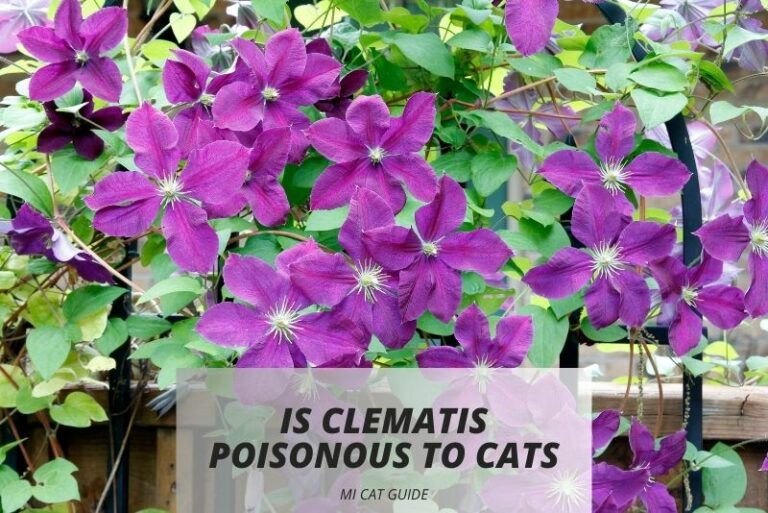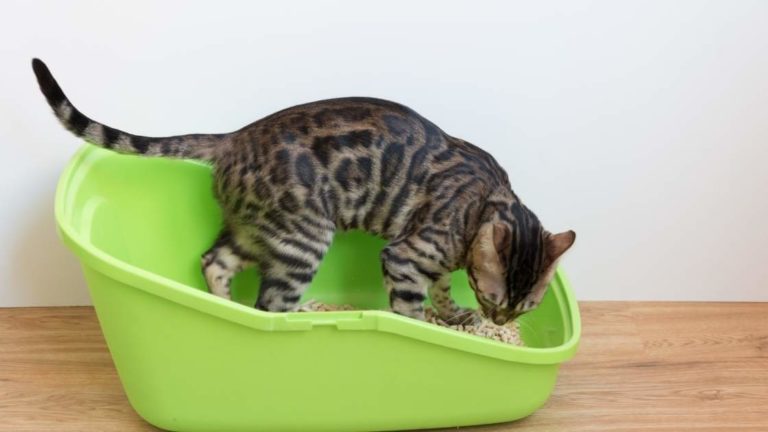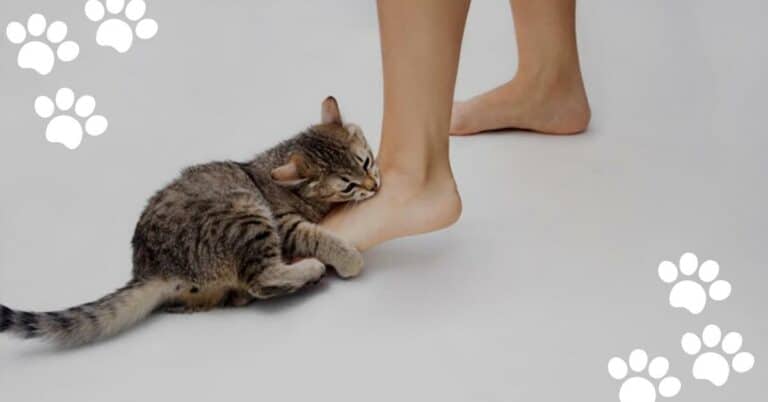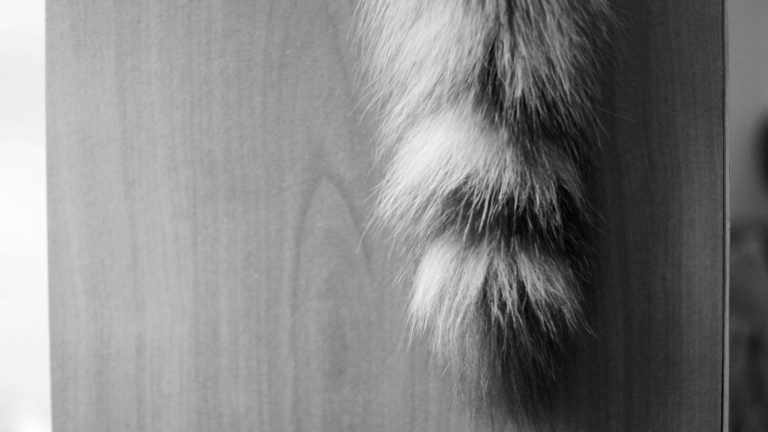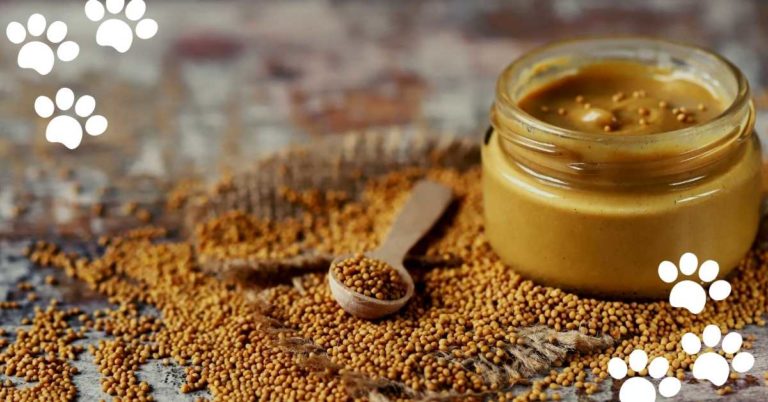Is Aloe Toxic to Cats? (Symptoms & Treatments)
Yes, aloe is highly toxic to cats and should be avoided in any form. Aloe contains aloin, a chemical that can cause vomiting, diarrhea, and even liver damage if ingested by cats.
Additionally, aloe gel applied topically can also lead to skin irritation or an allergic reaction. Therefore, it is important for pet owners to be aware of the potential dangers of aloe and take the necessary steps to ensure the safety of cats in their care.
Given its high toxicity, it is best to keep all forms of aloe away from cats. It is also important to regularly check for any signs of illness or changes in behavior if a cat has been exposed to aloe.
This blog post aims to provide pet owners with useful information about the toxicity of aloe and how to reduce the risk of harm to cats. This information can help pet owners make informed decisions about their cats’ care, so they can keep their beloved pets safe from harm.
By the end of this post, you will know why aloe is toxic to cats, the potential risks of exposure to aloe, and how to take steps to protect your cat from harm. So let’s get started!
Why Aloe is Toxic to Cats? Different Studies on It

Aloe, a succulent plant with fleshy leaves, has been used for centuries as both a medicinal remedy and a natural beauty product. Unfortunately, this popular plant can be toxic to cats if ingested. Many studies have shown that the active compounds in aloe can cause digestive upset, vomiting, and diarrhea in cats.
A study from the University of Pennsylvania School of Veterinary Medicine found that cats that ate aloe experienced digestive upset within hours after ingestion. Symptoms included abdominal pain, vomiting, loss of appetite, and lethargy. The compound responsible for these symptoms was found to be saponin, which is present in many species of aloe plants.
Another study published by the Journal of Experimental Pathology reported that cats suffering from kidney disease were more prone to developing complications after ingesting aloe plants than healthy cats.
This particular study focused on a group of twelve cats with chronic renal failure who had been given an oral dose of powdered aloe leaf extract. All twelve cats experienced severe stomach pains within an hour after consuming the extract and some also had bloody vomiting and diarrhea shortly after ingestion.
The American Society for the Prevention of Cruelty to Animals (ASPCA) advises against using aloe as a natural remedy or supplement for cats since it has been linked to several health problems. Some experts suggest avoiding giving any type of plant-based medication or supplement to cats without consulting your veterinarian first.
Diagnosis of Aloe Poisoning in Cats
If you think your cat has encountered aloe, take them to the veterinarian right away. In the meantime, observing physical or behavioral changes will help you come to a conclusion and better explain the situation to your veterinarian.
1. Behavioral or Physical Diagnosis
Within hours of ingesting aloe, you will notice behavioral or physical changes in your cat. Similar to other plants, the symptoms of aloe poisoning can go undetected if you don’t pay close attention to any changes in behavior or physicality.
Symptoms of Aloe Poisoning in Cats
The possible symptoms of aloe poisoning include:
- If you see that your cat is in pain after eating aloe, they will likely be walking more slowly or appear to be uncomfortable.
- You may also notice that they are vomiting or have diarrhea.
- Your cat’s appetite may decrease if they have ingested aloe plant leaves or gel.
- Signs of lethargy or fatigue may also present themselves if you observe your cat closely enough.
- Additional warning signs of dehydration such as a dry mouth, lack of appetite and reduced energy levels should not go unnoticed.
2. Medical Diagnosis
The medical diagnosis of aloe poisoning in cats is critical to provide pets with the best care. Your veterinarian will begin by performing a physical examination, during which they may take blood and urine samples for further testing.
Your vet may also take X-rays or perform an ultrasound if necessary to look for signs of internal damage caused by the aloe. Based on the results of these tests, your vet will be able to determine the extent of your cat’s condition and provide an appropriate course of treatment.
Can Aloe Vera Kill Cats? (with statistics)
Yes, aloe vera can potentially kill cats if ingested in large quantities. A study from the University of Pennsylvania School of Veterinary Medicine found that 81% of cats that ate aloe experienced digestive upset within hours after ingestion and some of them died due to severe abdominal pain and vomiting.
The active compound responsible for these symptoms was saponin, which is found in many species of aloe plants. Therefore, it’s important to keep aloe away from your cats and consult a vet if you think your cat has ingested any part of the plant.
With proper care and supervision, the chances of your cat surviving are high. However, the effects can be life-threatening so it’s essential to seek medical attention as soon as possible.
First Aid and Treatment for Aloe Poisoning in Cats
In the case of aloe poisoning, the best thing you can do is to take your cat to the veterinarian immediately. The vet will provide treatment based on the severity of your cat’s symptoms. But between the time of ingestion and the visit to the vet, you can provide some home care.
1. First Aid Treatment
By doing some home care, you can help reduce the symptoms of aloe poisoning in cats.
a. Wear Gloves
When handling aloe, it is important to wear gloves and avoid any direct contact with the plant. If you come in contact with the plant, wash your hands with warm water and soap.
b. Clean the Mouth
I know it might not be easy for you, but try to clean your cat’s mouth with a damp cloth or gauze. This will help remove any remaining aloe particles from the mouth and minimize further ingestion.
c. Flush Out Excess Aloe
Yes, this can be dangerous, but you may also want to flush out the excess aloe with a cup of water. This will help reduce the amount of aloe that is absorbed by your cat’s body and minimize further damage.
2. Veterinary Care
Once you arrive at the vet’s office, they will most likely perform several tests to determine the severity of the poisoning.
Depending on the results, they may administer different medicines or treatments to help counteract the aloe poisoning and reduce the symptoms.
| Medicines | Dosage | Purpose |
|---|---|---|
| Amoxicillin | 5-10mg/kg every 12 hours | To prevent/treat bacterial infections |
| Famotidine | 0.5-1mg/kg every 12 hours | To reduce stomach acid |
| Metoclopramide | 0.2-0.5 mg/kg every 8-12 hours | To reduce nausea and vomiting |
| Atropine | 0.04-0.08 mg/kg every 6 hours | To reduce gastrointestinal motility |
Always consult your veterinarian before giving your cat any medication, as some may interact negatively. It’s also important to keep in mind that this article is not a professional medical opinion.
Your vet may also provide supportive treatments such as IV fluids, oxygen therapy, or activated charcoal to remove any remaining toxins from the body before they can cause further damage. The vet may also prescribe a diet that is low in fat and high in fiber to reduce the chances of aloe toxicity.
In serious cases, your vet may also recommend surgery to remove any damaged tissue or organs that have been affected by the aloe.
Recovery Stage for Aloe Poisoning in Cats
The recovery stage for aloe poisoning in cats depends on the severity of the condition and how quickly it is treated. Most cats are able to make a full recovery if the poisoning is caught early and treated promptly.
However, it is important to monitor your cat closely for any signs of dehydration or further symptoms. Make sure to provide plenty of fresh water so that your cat stays hydrated. And keep an eye out for any changes in behavior or appetite.
The best way to ensure a full recovery is to keep your cat away from any aloe plants and follow your vet’s instructions closely. With proper care, most cats will be back to their normal selves in no time.
How to Keep Cats Away from Aloe Vera Plant?
Here I’ll provide some tips on how to keep cats away from aloe vera plants.
1. Block Off Access
The first step is to block off access to the plant by creating a physical barrier. You can use gates or fences to keep your cat from getting near the aloe vera plant. This helps prevent accidental ingestion and keeps your cat safe.
2. Use Repellents
You can also use natural repellents such as citrus peels, vinegar, and essential oils to keep cats away from the aloe vera plant. You simply have to spray these repellents around the base of the plant or on its leaves.
3. Monitor Your Cats
It may also help to monitor your cats more closely when they are around the aloe vera plant. Make sure to watch out for any signs of them nibbling on the leaves and intervene if necessary.
4. Provide Alternatives
Finally, you can provide alternatives such as cat grass or other edible plants that are safe for cats. This way, your cats can have something to munch on instead of the aloe vera plant.
My Final Thoughts
Aloe vera poisoning in cats is serious and can potentially be fatal if not treated promptly. It’s important to take steps to prevent it from happening as well as be prepared for the worst-case scenario.
Be sure to keep your cat away from aloe vera plants, monitor them closely when they are around the plant, provide alternatives, and use repellents. If you notice any signs of aloe poisoning, contact your vet right away.
With proper care and attention, most cats can make a full recovery from aloe poisoning. So take the necessary steps to keep your cat safe and happy!

